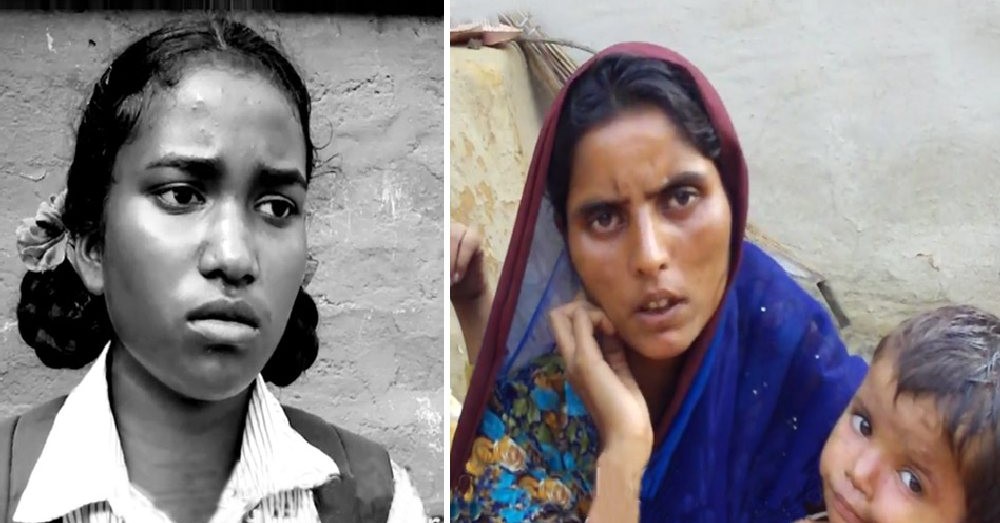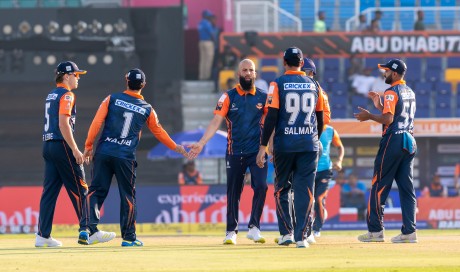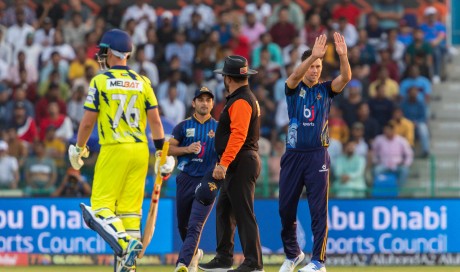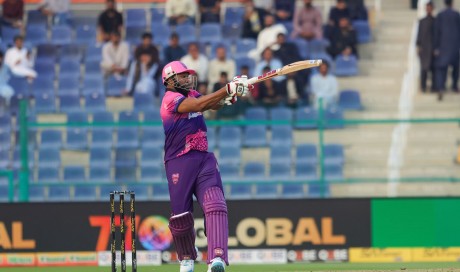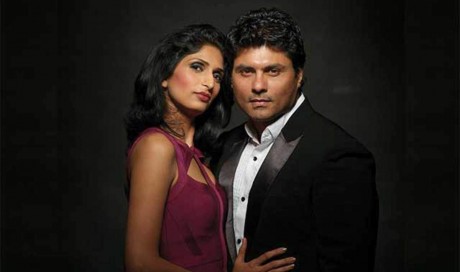“They forced me to eat human faeces and beat my children, calling them ‘children of a witch.’ I had nowhere to escape. They tortured me mercilessly.”
Unfortunately, this horrific narrative is not unheard for the Dalit and Adivasi residents in Jharkhand’s hinterland, where witch-hunting is a common practice. According to the National Crime Records Bureau, 2,097 murders were committed between 2000 and 2012 on the ground of “witch hunting”. People, mostly women, are targeted and branded witches whenever a calamity befalls the village – be it death, disease or drought. Witch doctors known as Ojhas, mostly men, are called upon to undo the supposedly evil influences of a witch. Many a times, victims and survivors of witch hunting are also women suffering from mental illnesses.
Unable to cure or heal people, Ojhas evade responsibility by claiming the existence of a “witch” somewhere in the vicinity. One word from an Ojha is enough to turn local residents into a frenzied mob that goes out to seek blood-thirsty vengeance and hunt a ‘witch’, usually a weak, lower-caste woman, and bring her to ‘justice’.
In 2015, five women were brutally murdered after a youth’s untimely death in Jharkhand — an entire mob of villagers attacked them after an Ojha accused them of practising witchcraft and causing his death. The women were jolted awake from their sleep, dragged out of their homes and bludgeoned to death. It isn’t just men who victimise them either; women can be just as brutal.
“After the men, the women started hitting the victims who were already dead.”
According to a research conducted by Partners for Law in Development, witch-hunting is rooted in patriarchy, financial disputes, superstition and other personal and social conflict. More often than not, these conflicts arise out of jealousy or conflict and tension between the victim and their relatives, friends or acquaintances.
Given that India has a shortage of 83% specialist medical professionals in community health centres and the levels of education are low in all these areas, people’s belief in Ojhas, who serve as medicine-men, is strong. The lack of such infrastructure is partly responsible for the myriad atrocities, including physical and psychological torture, inflicted on vulnerable women across remote regions of the country. The ‘punishment’ meted out ranges from death to being banished from their homes.

Although witch hunting is practised across 12 states in India, only seven states have laws criminalising the practice – Jharkhand, Bihar, Chhattisgarh, Maharashtra, Rajasthan, Odisha and Assam. However, a large number of perpetrators are still let out on bail, and there is no system in place to re-arrest them. “I still see my mother’s murderers roaming freely in front of me. I feel scared while going to school,” says an adolescent girl, whose mother was murdered after being branded a witch. There are no guarantees that the girl will not suffer the same fate as her mother. If the perpetrators escaped a crime once, will the second time be any different?
...[ Continue to next page ]
Share This Post

